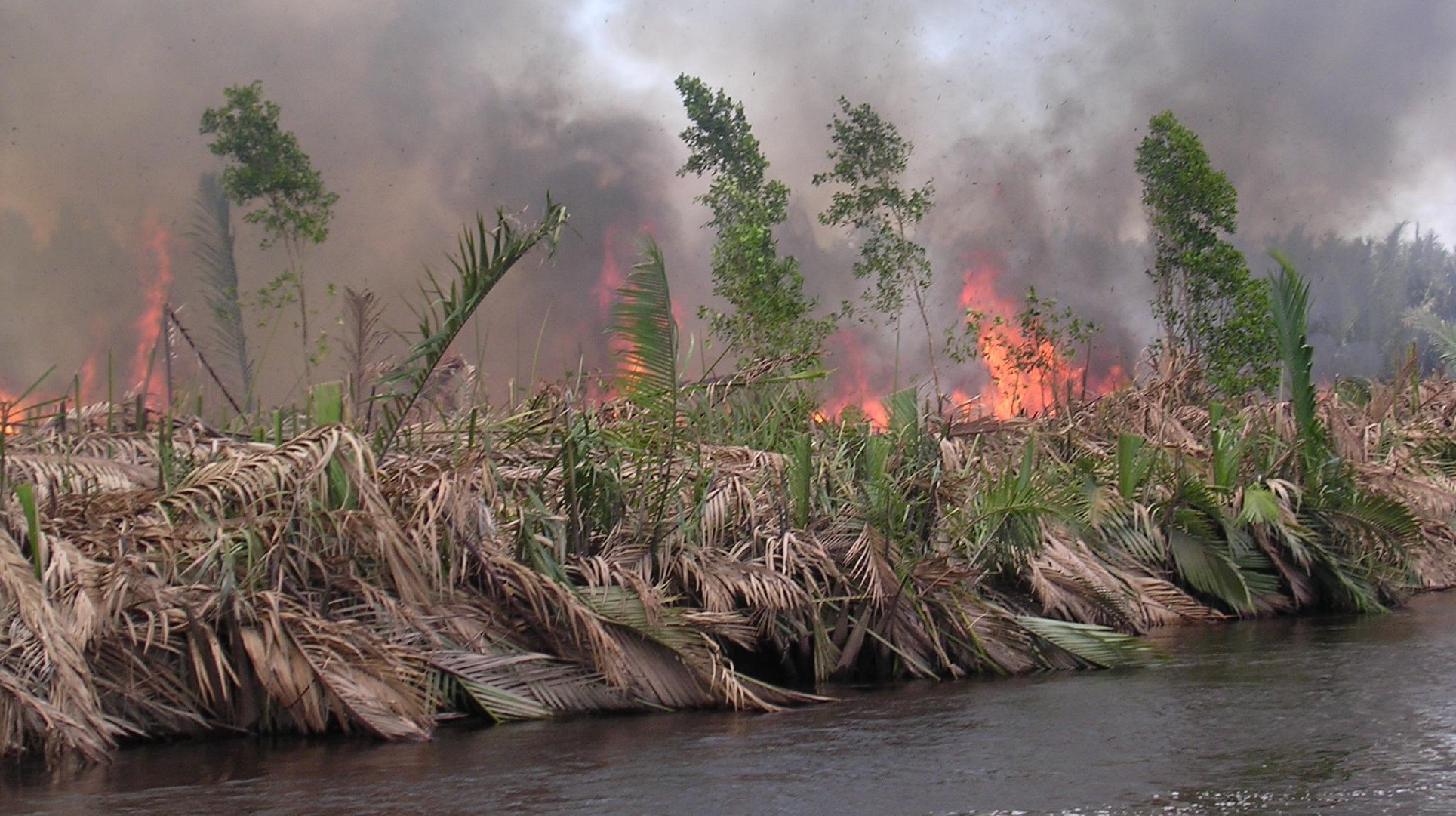
Climate mitigation and adaptation
-
Climate mitigation and adaptation
Peatlands emit CO2 when cleared and drained for agriculture and forestry. Over 5% of global CO2 emissions are caused by peatland degradation. Restoration of these areas (including sustainable utilisation), can reduce emissions substantially. The most important peatlands that need to be safeguarded and restored are included in the Peatlands Hotspots Map.
Healthy peatlands also help people to be more resilient to a changing climate. Keeping peatlands wet in lowland areas prevents soil subsidence and eventual flooding and salt water intrusion. In mountain areas and riverine landscapes, such as in Mongolia, it prevents soil erosion, downstream floods and desertification; this is why we help Mongolia to develop a Strategic Plan for peatland restoration. Peatlands also provide valuable habitat for wildlife: they host a high number of endemic and endangered species.
The situation is most pressing in Indonesia where drainage for palm oil and pulp production causes CO2 emissions in the order of 500 million tonnes per year. These drained soils are also hotspots of fires causing annual haze disasters and alarming greenhouse gas emissions. Moreover, millions of people that live in the low-lying peatlands in Sumatra, Kalimantan and Sarawak face future flooding as the drained peat soils literally evaporate and subside, eventually reaching river levels and (rising) sea levels.
We provide our expertise to the Indonesian government in their efforts to improve peatland management and curb peatland fires, greenhouse gas emissions and haze, and avoid further peatland subsidence and flooding.
The challenge is now to turn policy into practice!
Effective rewetting approaches and methods have been tried and tested and several global frameworks including the CBD, Ramsar and UNCCD urge countries to protect and restore peatlands and sustainably use them. The UNFCCC Climate Agreement provides incentives for carbon emission reduction from degrading peatlands. Action is needed now – from business leaders, policymakers, civil society and communities. Funding is urgently needed to conserve and restore the productive, hydrological and ecological functions of peatlands.
Wetlands International has put together an international roadmap and policy recommendations for accelerating action and helps governments to make national strategies to protect and restore their peatlands. Read how you can help to safeguard peatlands for climate change mitigation and adaptation!
